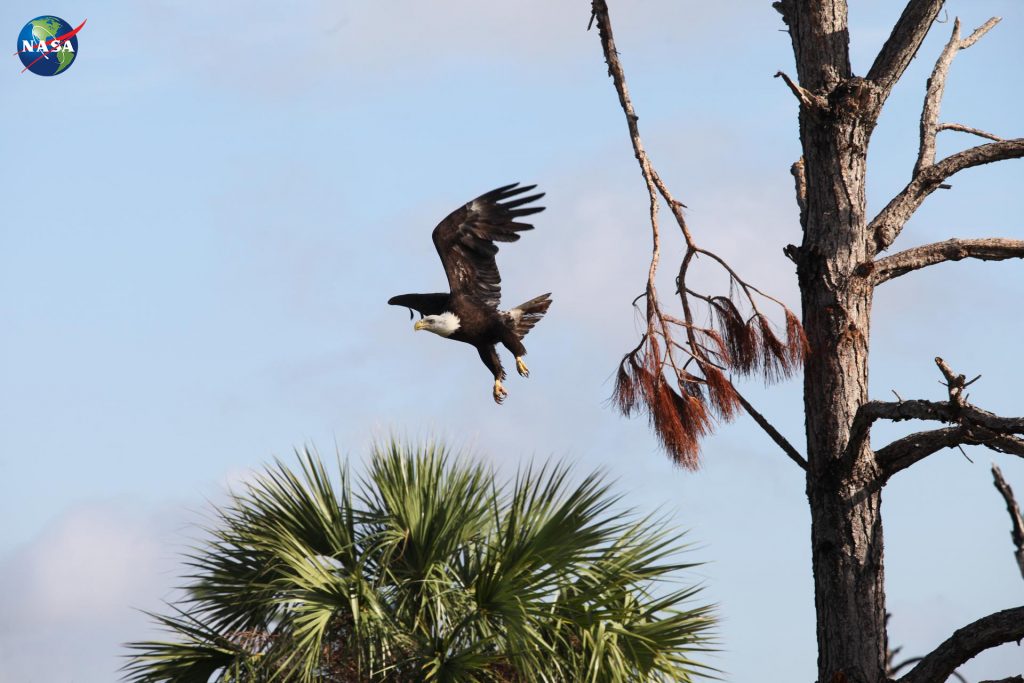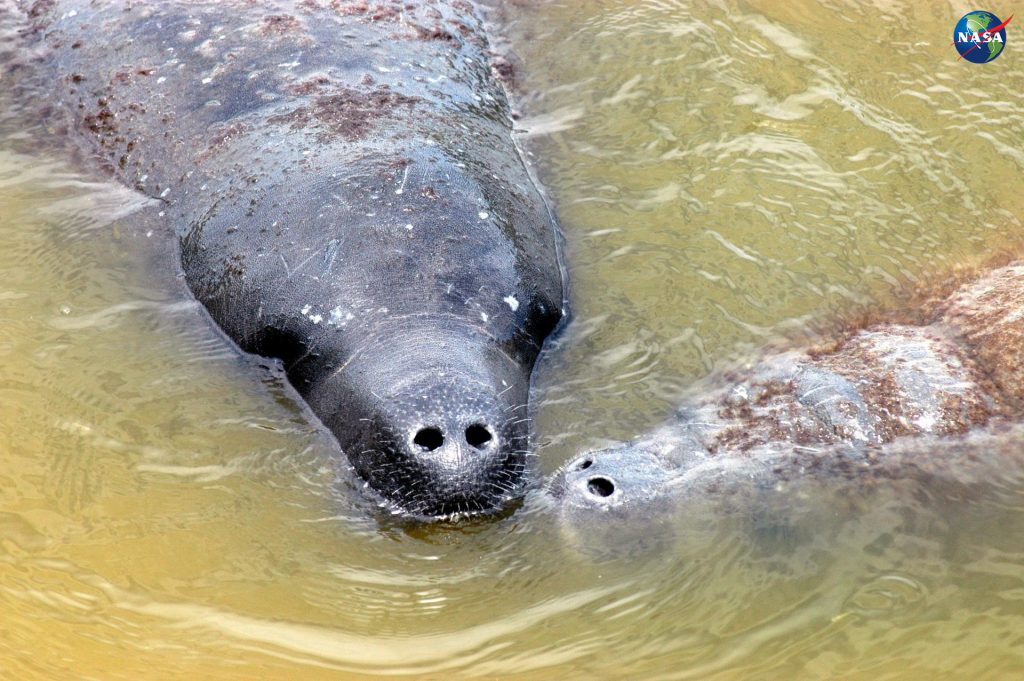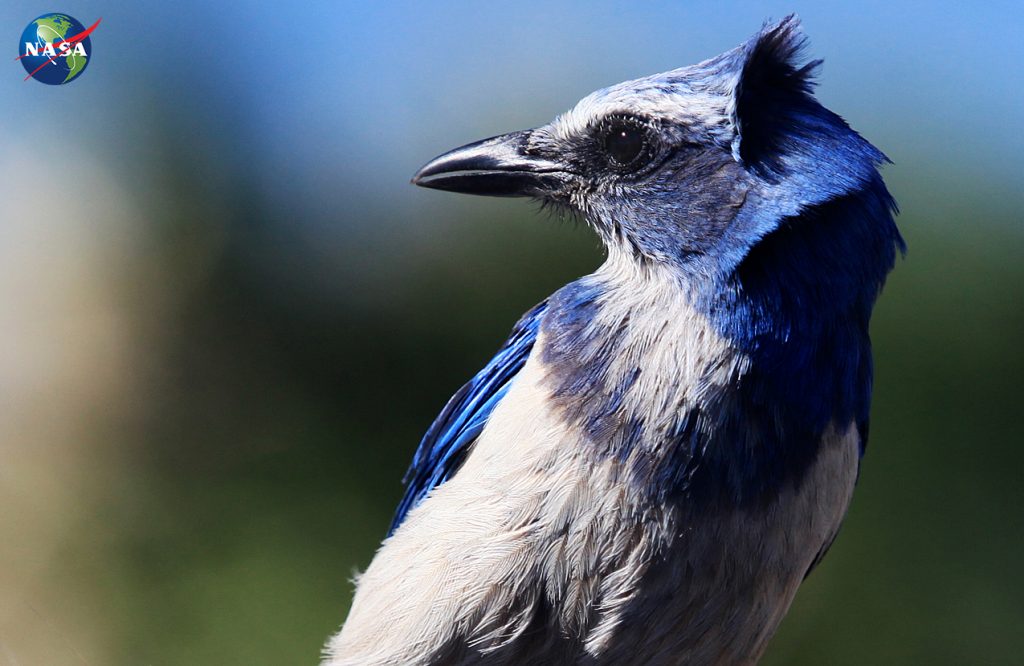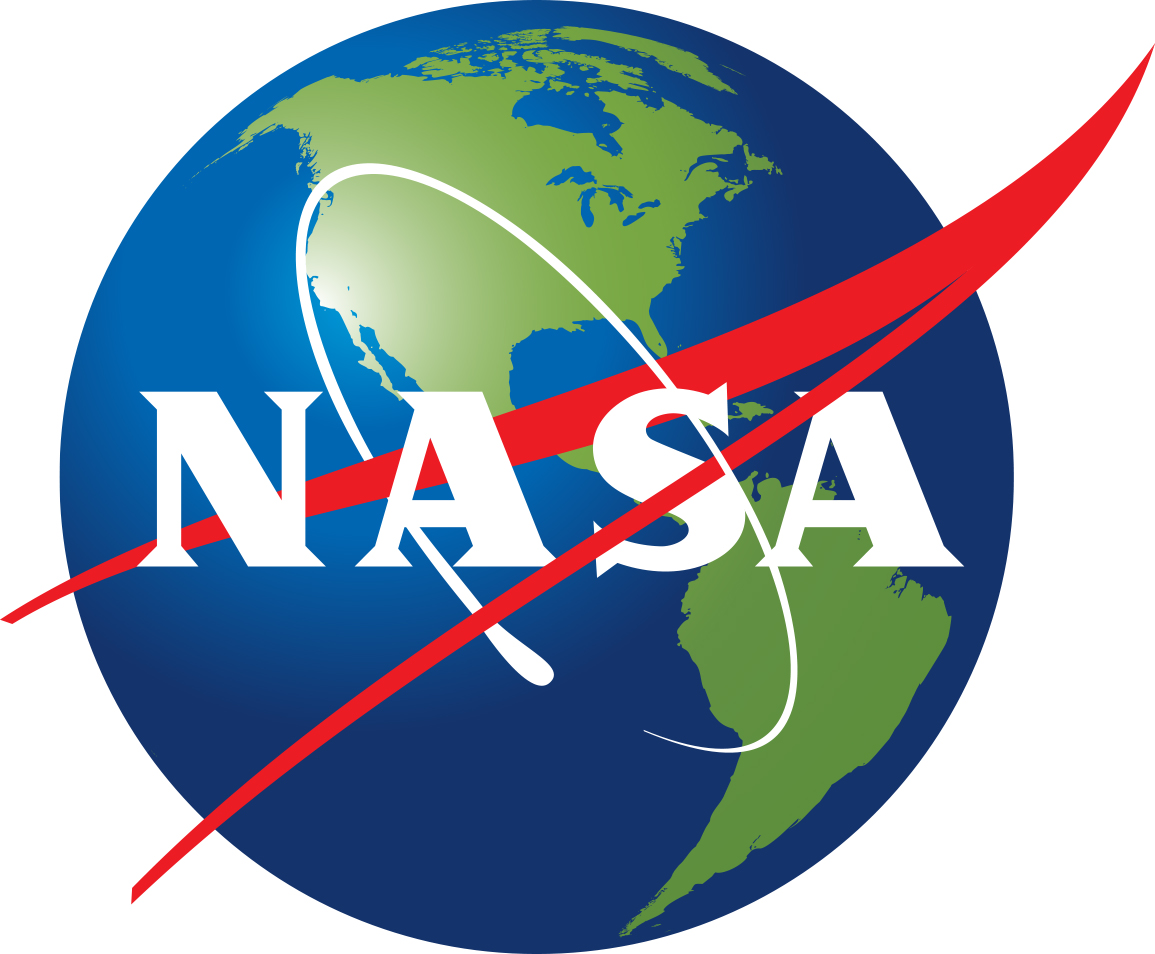NASA’s Kennedy Space Center in Florida shares its boundaries with the Merritt Island National Wildlife Refuge. Within its approximately 140,000 acres, space facilities and technology co-exist with more than 1,500 species of plants and wildlife, including more than 61 federal- and state-listed endangered and threatened animal and plant species. Kennedy is responsible for more protected species than any other federal property in the continental United States.

Top priorities focus on monitoring ecosystem dynamics and sharing this vital information with regional stakeholders. For example, the team tracks habitat quality and populations of native species such as the Florida scrub-jay, West Indian manatee, bald eagle and many more.



The top objective is to assure NASA’s mission in space while monitoring and minimizing impacts to its local ecosystem. It’s an obligation the spaceport takes seriously: here, every day is Earth Day.
